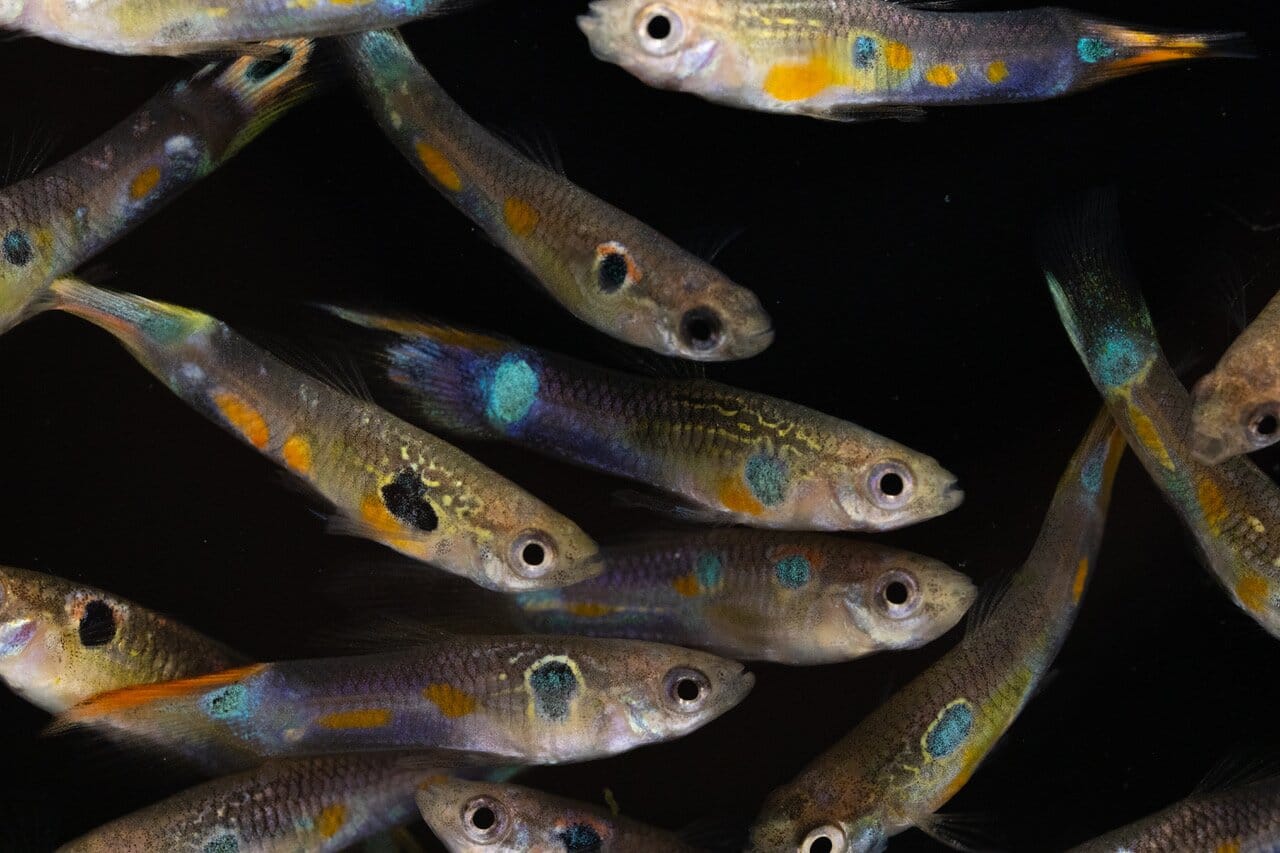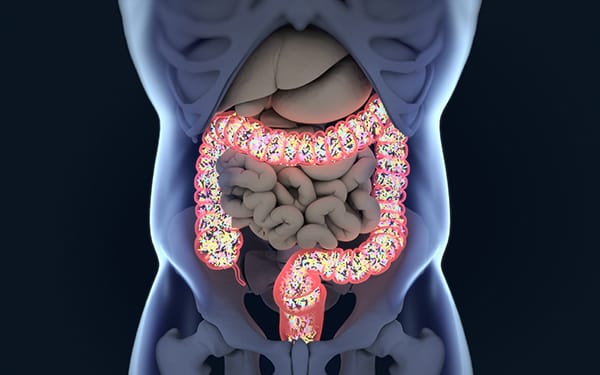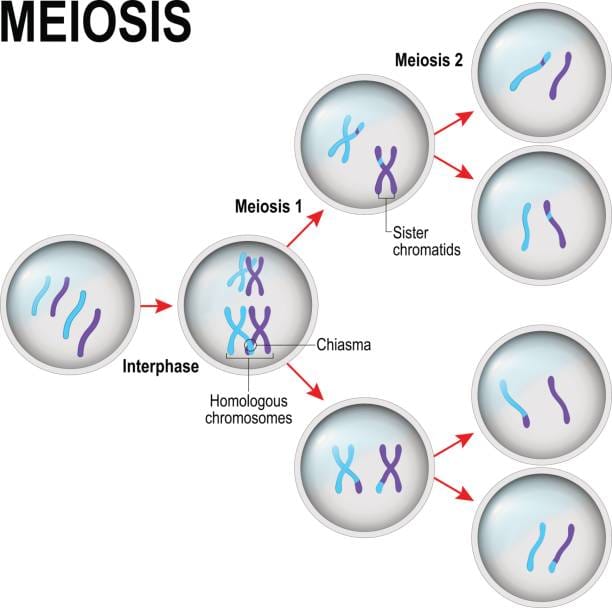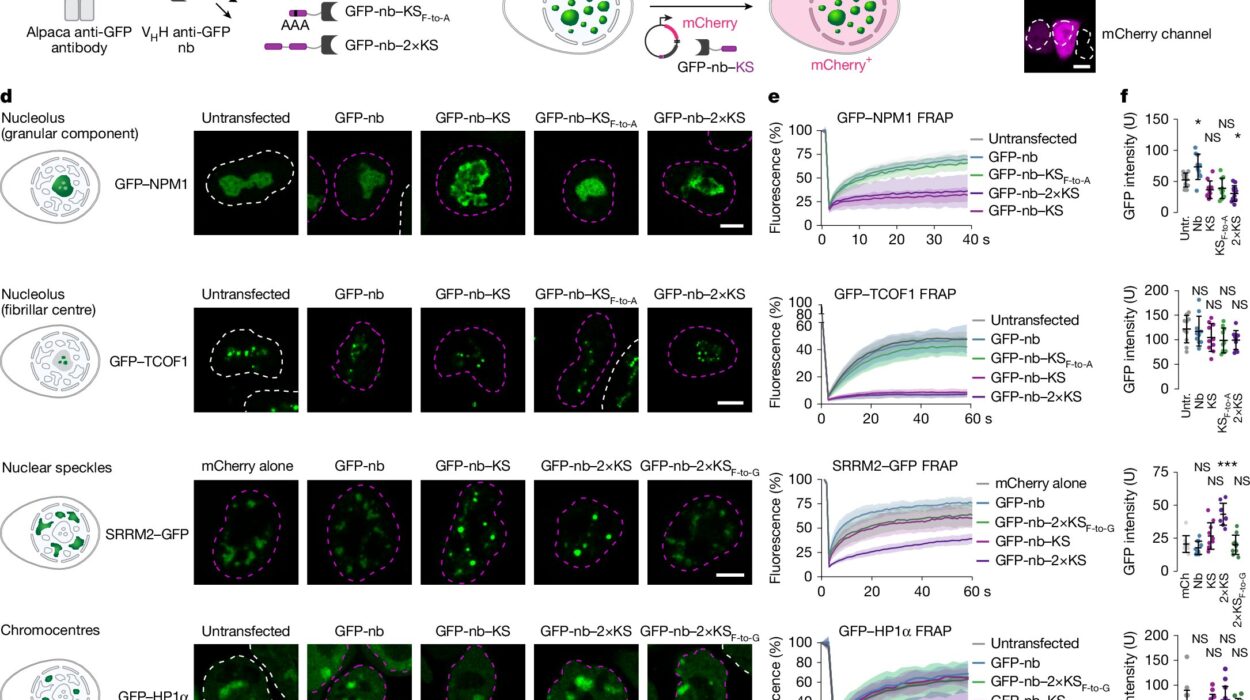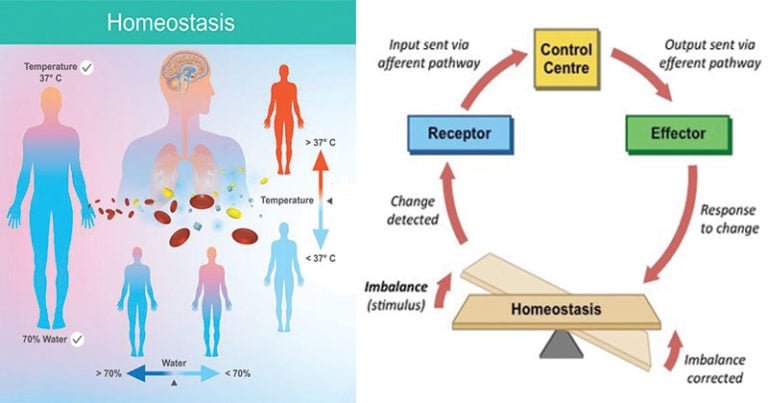When you think of the vibrant, kaleidoscopic hues of tropical fish, the guppy is likely one of the first to come to mind. With its iridescent orange, red, and blue markings, the male guppy struts through its watery world, flaunting a dazzling array of colors. But what’s behind the guppy’s colorful display? Is it just eye-catching fashion, or does it reveal something deeper about the fish’s health and virility?
New research from the University of British Columbia (UBC) has uncovered a surprising truth: the more orange a male guppy is, the more virile he likely is, too. This discovery, published in Nature Ecology & Evolution, sheds light on a long-standing mystery in the animal kingdom: why do male guppies invest so much in their strikingly vibrant, sometimes even garish, colors?
The study, led by zoologists Dr. Wouter van der Bijl and Dr. Judith Mank, uses cutting-edge genetic research and deep learning technology to reveal how guppy coloration is tied to genetic fitness and sexual behavior. The results are as fascinating as the colors themselves, opening up new insights into the evolutionary forces that shape not only guppies, but potentially other species as well.
A Splash of Orange: More Than Just Eye Candy
When it comes to guppy mating rituals, color is not just for show—it’s a critical factor in attraction. Female guppies have long been known to prefer males with vibrant orange hues, yet the question remained: why?
For years, scientists speculated that male guppies might simply understand that being more colorful made them more desirable to females. But Dr. Mank and Dr. van der Bijl’s study goes a step further, showing that the connection between orange coloration and sexual fitness is more than a matter of appearance. In fact, the color appears to be a biological marker of a male’s overall health and genetic fitness.
By breeding three generations of increasingly orange guppies and observing their behaviors, the researchers found something striking. The more orange the male guppy, the more sexually active he was. Males with brighter orange hues were not only more likely to perform elaborate mating dances and displays, but they also engaged in sexual activity more frequently and for longer periods of time. What’s more, these males were sneakier too—often attempting to copulate in secret when female attention wavered.
In other words, the brighter and more vividly orange the male guppy was, the more likely he was to be sexually dominant. It wasn’t just about looking good—it was about proving his vitality and stamina to potential mates.
Genetics Behind the Colors: A Surprising Connection to the Brain
What’s even more remarkable is the discovery that these color genes may not only affect the guppies’ physical appearance but also their behavior. The color traits of the male guppy, Dr. Mank explains, are actually linked to the same cells that form the brain—a discovery that adds a fascinating twist to the story. It suggests a deeper genetic connection between how a guppy looks and how it behaves. The bright orange that female guppies find so attractive might actually signal healthier, fitter males—ones more capable of surviving and thriving in their environment.
“Previously, people thought perhaps males realized that if they were more orange, they were more sexy,” Dr. Mank said. “With the genetic link, it may be that they’re healthier and fitter. It’s not just about looking attractive—it’s about being genetically robust.”
This genetic link between coloration and behavior is a striking example of how evolution often builds complex relationships between traits, behavior, and fitness. While flashy colors may seem like a purely aesthetic trait, for guppies, they may be a crucial signal of survival and reproductive success.
A Colorful Genetic Blueprint
So, how exactly do these bright colors come to be in guppies? The researchers discovered that the coloration is controlled by a series of genes that are distributed across multiple chromosomes. This means that a male guppy’s color is shaped by a complex genetic architecture, allowing for a stunning array of color combinations.
In fact, the researchers identified seven different orange color types and eight black color types, each tied to different genetic markers. The combinations of these colors can result in over 32,000 unique patterns. This vast array of potential colorations gives rise to an incredibly diverse genetic pool, ensuring that guppy populations can adapt and thrive in various environments.
“Genetic variation is the raw material that evolution uses to produce resilient, adapted animals and plants, including for things like climate change or disease,” said Dr. van der Bijl. “We often look at extreme examples to understand where genetic variation comes from and how it’s maintained.”
In the case of guppies, this diversity in color patterns helps maintain a robust population, with each male displaying a unique genetic profile that may offer advantages in different environmental conditions. Whether it’s protecting against disease, adapting to changing water conditions, or attracting mates, this variation plays a key role in the evolutionary success of the species.
Implications for Evolution and the Animal Kingdom
The findings from Dr. Mank and Dr. van der Bijl’s study offer exciting implications for understanding evolution beyond the world of guppies. The link between color and sexual fitness could help explain why so many species invest so much in displays of color. From the vibrant feathers of a peacock to the striking patterns on a butterfly’s wings, color may not just be about beauty—it may be about survival.
In fact, the study touches on a key concept in evolutionary biology: sexual selection. In many species, traits that may seem purely ornamental, like bright colors or elaborate dances, are actually signals of genetic fitness. These traits indicate to potential mates that the individual is healthy, strong, and capable of passing on beneficial genes to the next generation.
In the case of guppies, the bright orange males aren’t just trying to impress their potential mates—they’re also signaling that they’re fit for survival, making them more likely to reproduce and pass on their genes.
The Ripple Effects of Color in Nature
Ultimately, the study of guppy coloration brings us closer to understanding the intricate web of genetic, behavioral, and environmental factors that shape life on Earth. It shows us that, far from being trivial or decorative, color can be a window into an organism’s overall health and fitness.
By examining guppies and their bright hues, scientists are uncovering the deep evolutionary forces that govern not only sexual attraction but also survival in the natural world. And in a world where vibrant colors often go unnoticed, the humble guppy has just shown us how much more there is to see—and understand.
Reference: Wouter van der Bijl et al, Deep learning reveals the complex genetic architecture of male guppy colouration, Nature Ecology & Evolution (2025). DOI: 10.1038/s41559-025-02781-w
